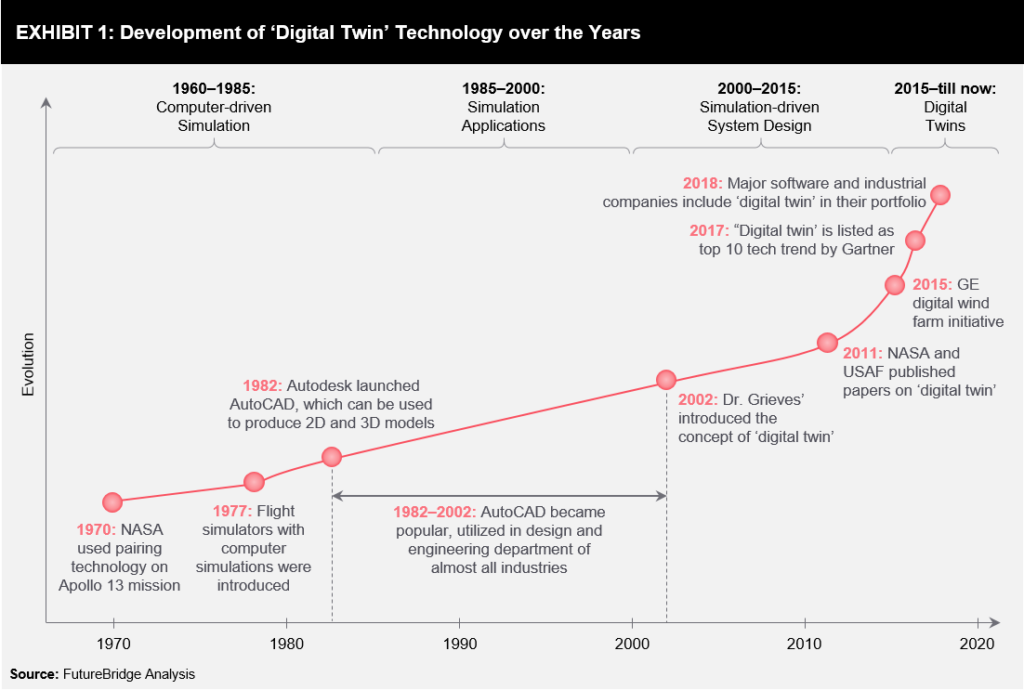Factory of the future, also called smart manufacturing or Industry 4.0, results from fast-altering disruptive technologies striking manufacturers’ cyclones. Operational technology, as well as information technology, are both observing great advancements and innovations.
The confluence of these two technologies is generating a paradigm transition. As a result, the manufacturing sector is undergoing the fourth industrial revolution.
In Africa, the future of work is playing out moderately different from the occurrence in advanced economies. As a result, new technologies are likely to develop new jobs and boost the productivity of existing ones. Within the world of technology, this section focuses on digital technologies as these technologies have the potential for rapid future generation and are also adopted across the world. This approach also includes the generation and adoption of low-skill-biased technologies that enable low-skilled workers to learn and upgrade their skills on the job.
Recent evidence points to large positive employment effects and no displacement of low-skill jobs in African countries after the arrival of fast internet connectivity. Digital technologies influence employment through a suite of different channels, comprising changes in firm entry, increase in productivity, and changes in exports.
Results of smart manufacturing along with foundational technology- The Internet of Things shows 80% increased efficiency and 42% lesser product defects in manufacturing processes. This approach indicates the best time to invest and implement such technologies is now. As a result, one can expect better growth in the manufacturing sector and a strong boost to the continent’s economy.
Trends and Technologies shaping the African manufacturing sector.
While the specific emphasis is on digital technologies, other technical upgrading categories enable organizations to retain jobs and skills.
Repurposing local items: For example, the global demand for outfits sharply decreased during the pandemic, while Africa had a large demand for personal protective equipment (PPE). In the face of global export bans on COVID-19 essentials, governments supported the repurposing of local manufacturing firms into PPE production. This strategy ensured that skills were being retained for sustainable production in Africa. This scenario was particularly evident in garment companies in the Hawassa Industrial Park and Transgreen in Ethiopia.
Need for Adaptive Innovation: In Africa, innovation and technological development have mostly relied on governments providing the enabling business environment, investing in research and development (R&D), and supplying the analog complement, for example, electricity and the regulatory framework (top-down model). However, the private sector can implement adaptive innovations and inventions operating in an entrepreneurial model and often sponsors development partners (bottom-up model).
Expanded use of digital technologies: Many industries expanded the use of digital technologies in response to the pandemic. The survey conducted by Business Pulse of 18 countries in Africa shows that 22% of organizations either started or increased the use of the internet, social media, and other digital technologies. The intensity in the use of digital technologies was higher in financial, manufacturing, information, and communications services. Over time, a greater percentage of Kenyan associations adopted digital technologies in response to the pandemic, especially among manufacturing firms and small firms, driving increased sales and employment in these countries.
Learn more at: Manufacturing IT Summit – Africa Edition
Event by Exito Media Concepts




